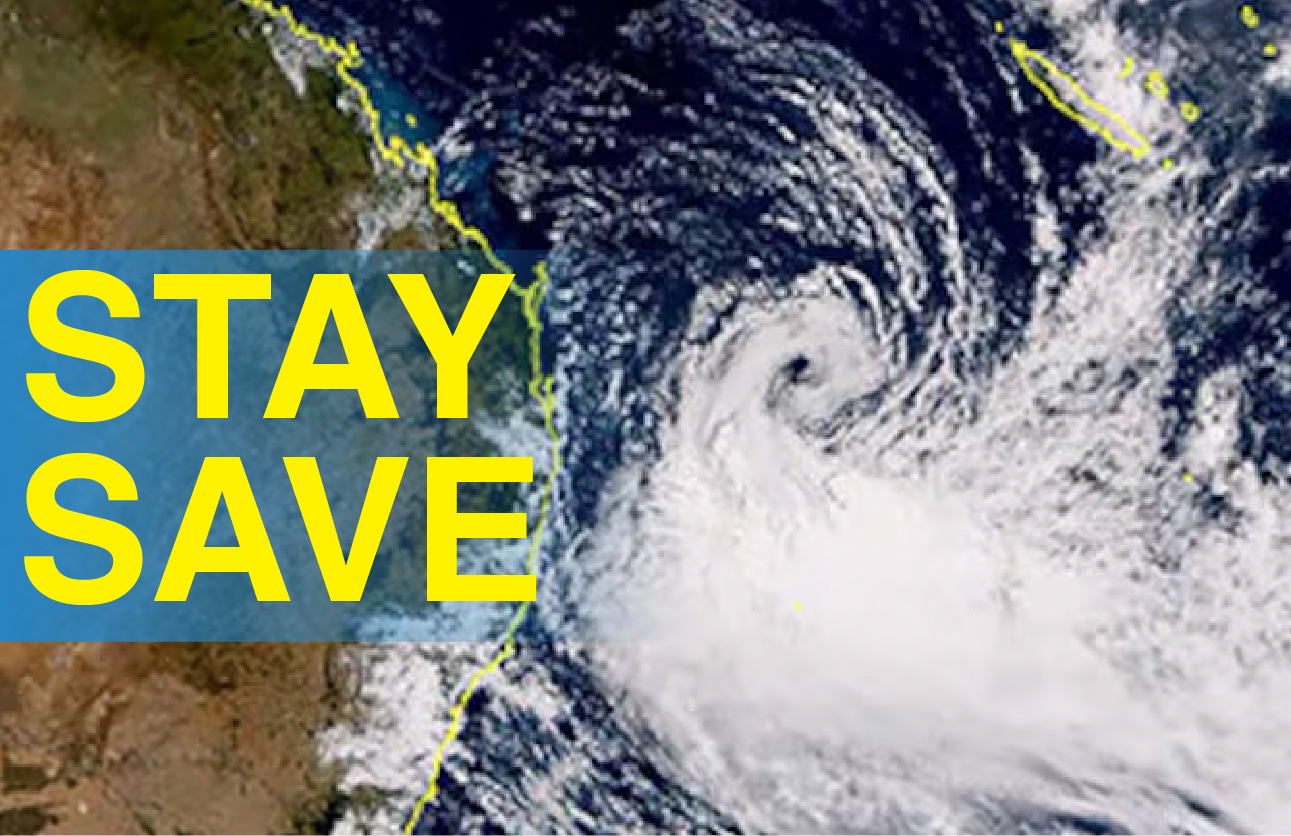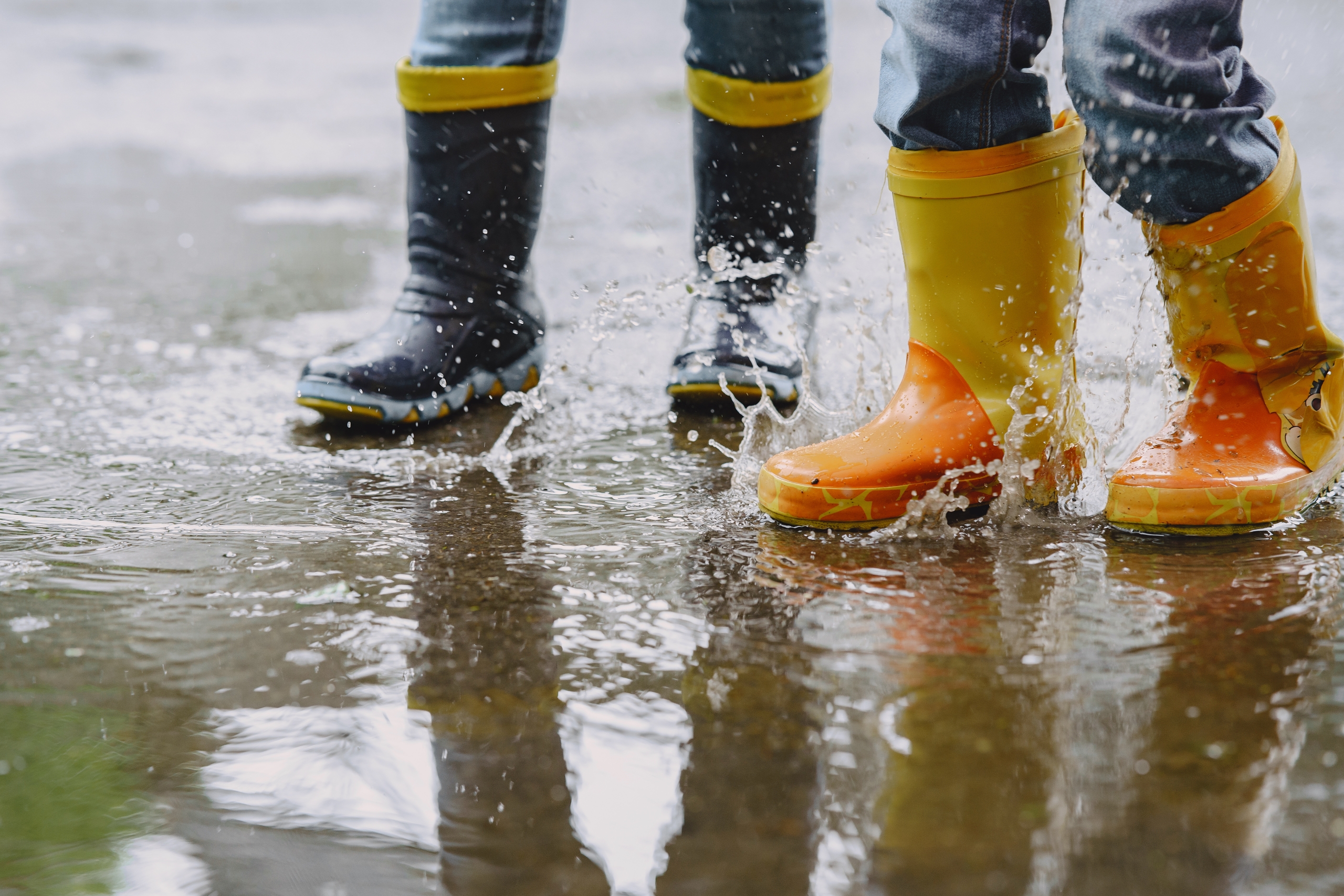
Some Necessary Assessment
Walk around your property to assess storm-related damage. Check for structural issues, broken windows, roof damage, or fallen trees and branches. Document urgent repairs to prevent further damage or hazards. Inspect the interior for flooding, leaks, or water infiltration, focusing on basements, walls, ceilings, and floors. Prioritize tasks based on severity and safety risks.
Take photos/videos for insurance claims and list necessary repairs. Seek professional help for specialized tasks like plumbing, electrical work, or roof inspections.
A thorough assessment ensures efficient cleanup. Prioritize safety, work cautiously, and seek assistance when needed.
Safety Measures for Cyclone Cleanup
Safety is the top priority to prevent accidents and injuries. Wear protective gear such as gloves, goggles, and a mask.
Identify hazards like downed power lines, unstable structures, or standing water before starting. Avoid these dangers and seek professional help. Treat all power lines as live until confirmed safe.
Use appropriate tools and store them safely. Wash hands thoroughly after handling debris. Dispose of waste properly, separating hazardous materials. Stay hydrated and take breaks.

A guide to Clean in Case of Flooding
Safety Precautions:
Turn off electricity and gas before entering flooded areas. Wear protective gear to prevent exposure to mold and bacteria.
Remove Standing Water:
Use a pump or wet/dry vacuum. For excessive water, hire professionals.
Dry Your Home:
Use fans, dehumidifiers, and open windows to prevent mold growth.
Clean and Disinfect:
Wash surfaces with soap and water, then disinfect with a bleach solution (one cup per five gallons of water). Ensure ventilation while cleaning.
Remove Damaged Materials:
Dispose of carpets, drywall, and insulation to prevent mold growth.
Check Your Heating, Ventilation, and Air Conditioning.
If affected, have a professional inspect it before use.
Mold Testing:
Conduct a mold test to confirm safety. Hire professionals if needed.
How to Cleanup for Cyclone Aftermath
Safety Precautions:
Turn off electricity and gas. Wear protective clothing to avoid hazards.
Inspect and Ventilate Your Home:
Check for leaks, cracks, and structural damage. Use fans and open windows for ventilation.
Examine Your Heating, Ventilation, and Air Conditioning.
Have it inspected if affected by the cyclone.
Mold Testing:
Test for mold after cleaning. Hire experts if needed.
Debris Removal:
Clear fallen branches and debris cautiously.
Utility Restoration:
Have professionals inspect and repair damaged utilities.
Mitigate Water Damage:
Remove standing water quickly and dry affected areas.
Disinfect and Sanitize:
Clean and disinfect thoroughly to prevent bacteria and mold.
Prioritize Repairs:
Identify essential repairs and seek professional help for major damage.
For severe damage, consider professional cleanup services. Consult local authorities for specific guidance.
Cyclone cleanup requires patience and effort. Follow these steps to restore your home safely. Always prioritize safety and seek help when necessary.



